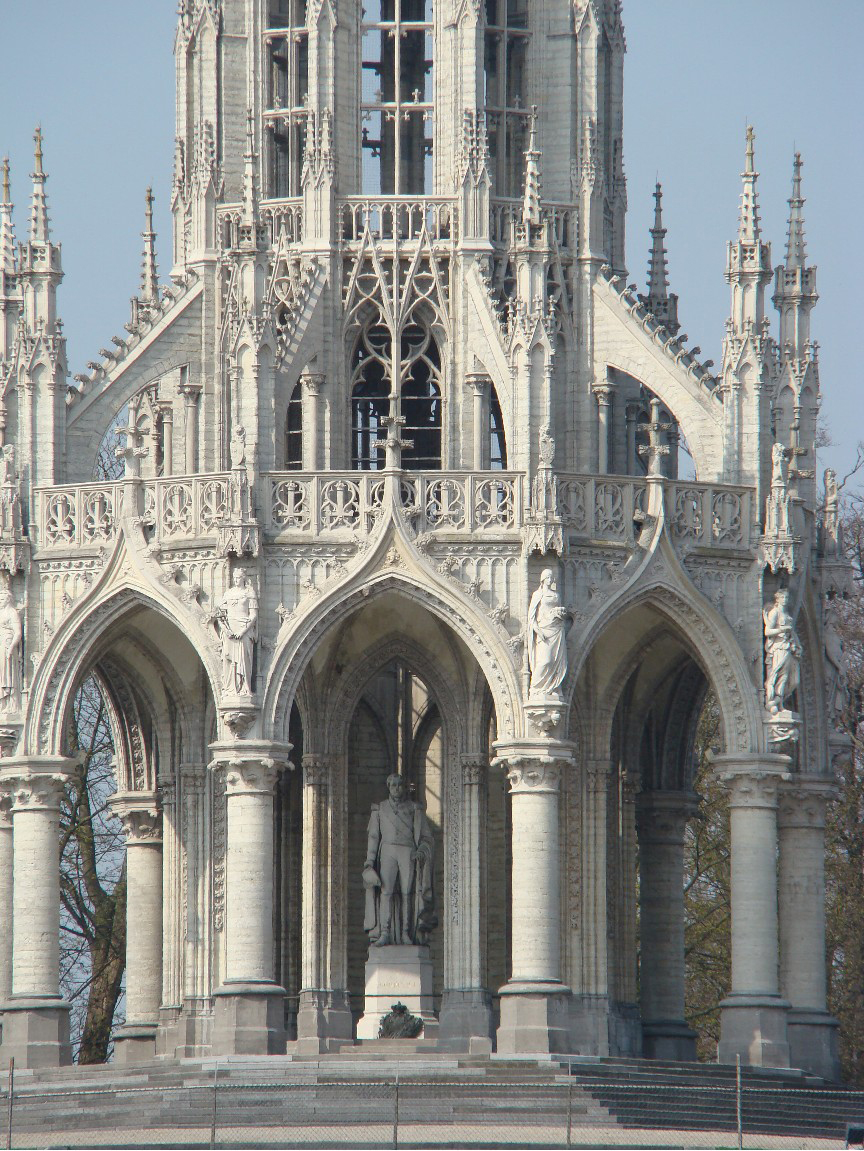Tuffeau stone
Download PDFDuring the gallo-roman period, Tuffeau was exploited from quarries in Anjou and Tourraine for the use of buildings.
Tuffeau was largely extracted from the 11th century to the 19th century, especially for the construction of large castles in the Loire during the Renaissance period.
Monumental fireplaces were also made out of Tuffeau such as the fireplace in the Council chamber in Amboise castle. The fireplace in Diane de Poitiers’ bedroom in the Chenonceau castle was also made out of Tuffeau by the sculptor Jean Goujon.
Exploitation through means of underground galleries was the technique most often used to extract Tuffeau since the climatic working conditions stayed the same during winter and summer. Additionally underground galleries preserved the agiculture land above.
A small pick-axe, the size of the stone, was used to extract Tuffeau. The slabs hit with the pick-axe were nearly 3 metres in height, 2.5 metres in width, and 0.5 metres in depth. These blocks were then cut into stones of diverse dimensions, before being distributed outside the quarry. On loaded boats called gabares (a boat traditionally used for the transport of merchandise), Tuffeau was sent sent across the Loire and rivers towards construction sites in the Loire Valley and neigbouring regions.
Tuffeau is impressive because of its visual aspects. Its appearance, which is not of a mineral appearance, is more of a smooth fabric than a rigid and cold material. It is made up of different shades of blonde and white. It has been used for various sculpted and carved ornaments on facades of buildings or in courtyards. Tuffeau also offers very practical qualities. Light, low-noise and frost-resistant, it deals well with slow changes in climatic conditions. Tuffeau has been used to construct a number of european monuments. Including the duke of Brittany’s castle in Nantes, the parliament building in Rennes, the monument of Leopold the 1st in Brussels.








